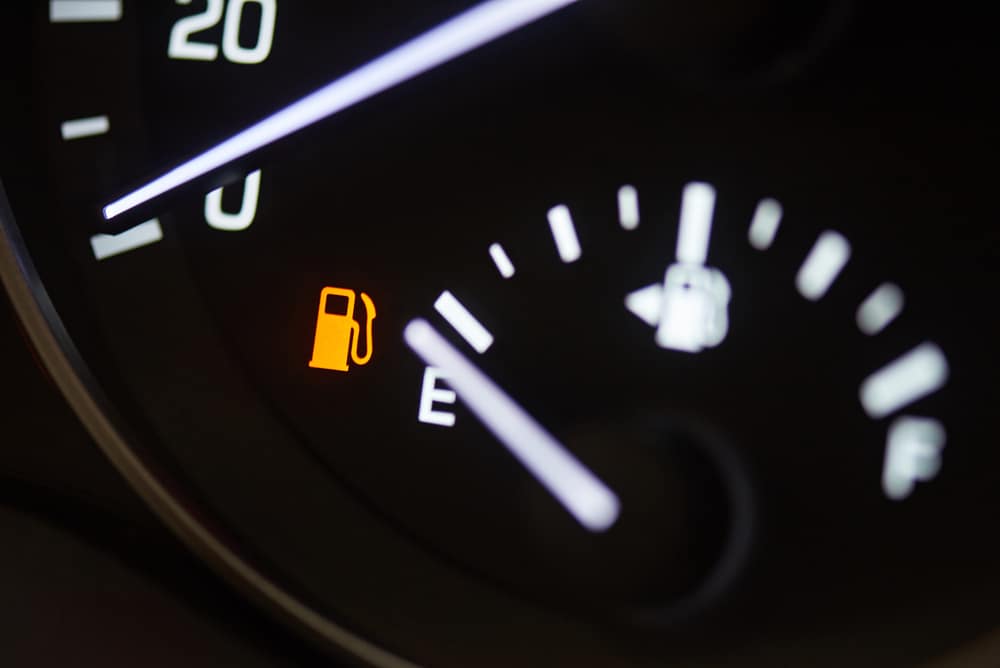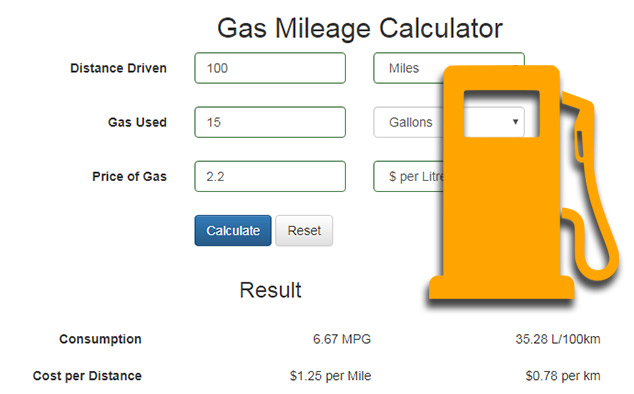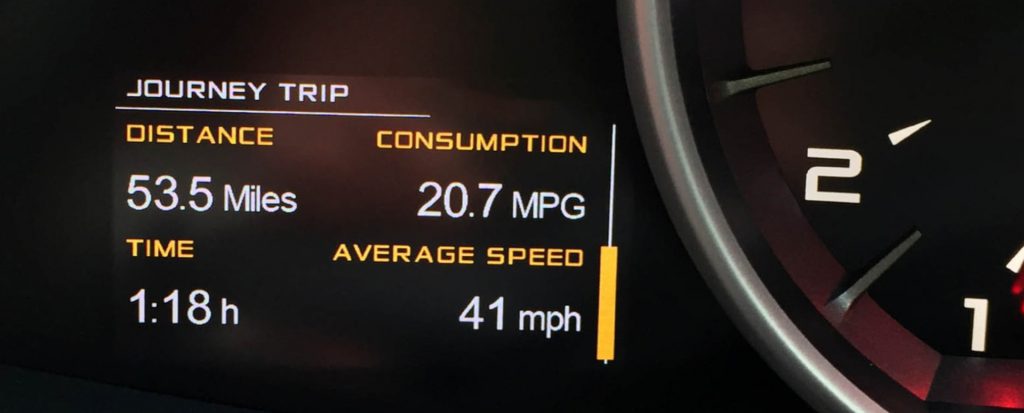We often notice metrics like 19/27 MPG and 25 MPG,…when checking the parameters in your car so what does MPG mean, how do we apply it to calculate and refer to fuel consumption, we will find out in the article.
Contents
Find Out What Does MPG Mean In Your Car?

First, what does MPG stand for? MPG stands for Miles Per Gallon or the number of miles (about 1.61km) driven with 1 gallon of fuel (about 3.7 liters). For example, a car recorded 19/27 mpg, which means:
The amount of gasoline consumed when driving in the city is 235.3/19=12.38 liters/100km.
Gasoline consumption when traveling on the highway: 235.3/27= 8.71 liters/100km.
A vehicle’s fuel efficiency plays an important role in determining how many miles your car can drive per gallon of gas. Miles per gallon (MPG) is the measurement used to convey this information. There are many factors affecting the MPG such as car models, driving style, fuel type, etc… Typically, when driving on urban roads, you will waste a lot of fuel because of the following actions: Continuous braking or changing gears will cause more fuel consumption. In contrast, when driving on highways, fuel consumption will be less than on city roads.
Generally, a car’s fuel consumption level will be listed by the manufacturer on the car window or the catalogs. However, this index is estimated based on United Nations standard conditions. Specifically, vehicles will operate in an ideal environment, with no wind resistance, standard gasoline quality, constant speed, and many other beneficial factors.
Meanwhile, when driving on the road, MPG will be affected by other external factors. Therefore, the actual fuel consumption of the car will be different from the number announced by the manufacturer.
>> Read more: How to Calculate Fuel Consumption for a Specific Period
How To Calculate MPG Of A Car

MPG is calculated in the laboratory based on the criteria of WLTP (Worldwide Harmonised Light Vehicle Test Procedure). These are global standard regulations, set to determine the pollution levels, CO₂ emissions, and fuel consumption of traditional and hybrid cars, as well as the range of vehicles that drive completely electric.
In the lab, the car will be run in different pre-programmed modes and then measure fuel consumption during that process. These modes are simulated from the most common driving situations in real life such as:
- On the highway at extremely high speed, full load mode, O/D: vehicle speed 130 km/h.
- Driving on empty roads, suburbs,… at high speed: vehicle speed 96 km/h.
- Normal roads: vehicle speed 60 km/h.
- In the city: vehicle speed is 30 km/h.
To measure MPG for your car, follow these steps:
- Fill the vehicle’s fuel tank
- Record the vehicle’s odometer readings
- Drive until it’s time to refuel
- Record the distance traveled and the amount of fuel used
-> Formula: MPG = (Mileage B – Mileage A)/Gallons
For example:
- Distance traveled: 300 miles
- Fuel used: 10 gallons
>>> MPG: 300 miles ÷ 10 gallons = 30 MPG
In countries that use the metric system, fuel efficiency is measured similarly – in kilometers per liter (km/L). To convert between the two, simply use these formulas:
Miles per Gallon (MPG) = 2,350 × Kilometers per Liter (km/L)
Kilometers per Liter (km/L) = 0.425 × Miles per Gallon (MPG)
It’s important to note that fuel efficiency can vary depending on several factors, such as driving style, vehicle condition, and terrain. To illustrate that, careless driving or a poorly maintained vehicle can result in lower MPG values.
In short, understanding miles per gallon is critical to evaluating a vehicle’s fuel efficiency. Knowing how to measure and convert MPG values can help drivers make informed decisions about their fuel consumption and vehicle choices.
Watch more:
How To Improve MPG In Car?
You can boost your car’s MPG and save money on fuel costs by following the simple tips below:
- Depending on the terrain and traffic conditions, drivers should keep the engine rpm below 2,500 rpm. At the same time, the vehicle’s speed should be maintained from 50 – 80 km/h to optimize fuel when operating.
- Maintaining proper tire pressure is a good way to improve the mileage per gallon of your car. Underinflated tires create more rolling resistance, which reduces fuel efficiency. Check your tire pressure regularly and inflate it to the recommended level stated in your car’s owner’s manual.
- Vehicle maintenance checks also need to be performed periodically according to recommendations from the automakers. Car maintenance will help your vehicle operate smoothly, thereby helping to reduce fuel consumption. Accordingly, drivers should take their vehicles to reputable repair centers to have their vehicles properly inspected.
Note: Some misunderstandings when applying MPG include: between upgrading from a 10 MPG pickup to a 20 MPG and upgrading a 33MPG sedan to a 50MPG Hybrid, which conversion will save more fuel than using an old car?
>> Related post: How to Reduce Fuel Consumption in Cold Weather?
Many people will answer that upgrading a sedan will save 17 MPG compared to 10 MPG of upgrading a pickup. However, at this time we need to be alert and convert to l/100km to avoid confusion. More specifically, the Hybrid’s consumption is 5.65 l/100km, compared to the old sedan’s 8.56 l/100km, saving 2.91 l/100km. For the pickup, the consumption of 14,125 l/100km will save more than the old car’s 28.25 l/100km of 14,125 l/100km. Therefore, in terms of fuel economy compared to old cars, the choice of pickup truck owners is much more economical.



